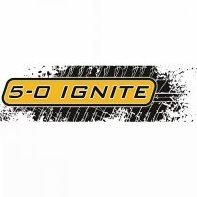Limits of stock 5/16" (8mm) fuel lines
Announcements
-
Similar Content
-
Latest Posts
-
I'm going to have to call shenanigans on the 6000 miles. There haven't been any R34s with 10000km on the ODO since the mid 2000s. Photos of the pedal rubbers, seats, carpets, etc required to even consider the possibility. At that many miles the underside should look almost completely new. The movement of the gear stick is likely to be 100% normal. As Duncan said, the differences from an auto may be surprising. It is a mechanical thing, not an electro-hydraulic isolation device.
-
By Dose Pipe Sutututu · Posted
Timing map only tells part of the story, I've seen a few cars where the CAS has been adjusted so you might see 12 at the ECU but at the motor you could be seeing 8 kind of thing. A S15 I converted from PowerFC to Nistune had just that, CAS was turned back to have less timing than the ignition map itself lol... "Choonered". -
By Murray_Calavera · Posted
But your running 1.6 bar of boost, is it still 12 degrees of timing at 1.6 bar of boost? Also, is there e85 fuel at the petrol stations in Dubai? -
swaybar swaybar swaybar swaybar swaybar anyway OP, what is currently in your car, are they factory shocks and sway bar? Any sign anything else has been changed under there over the years? And as Murray said....what are effect you looking to change
-




![[SKYHI]](http://saufiles.s3.ap-southeast-2.amazonaws.com/monthly_2022_12/DSC00168.thumb.jpg.a90d7ff08652d4dc85ab9b2ff27dade7.jpg)



Recommended Posts
Create an account or sign in to comment
You need to be a member in order to leave a comment
Create an account
Sign up for a new account in our community. It's easy!
Register a new accountSign in
Already have an account? Sign in here.
Sign In Now